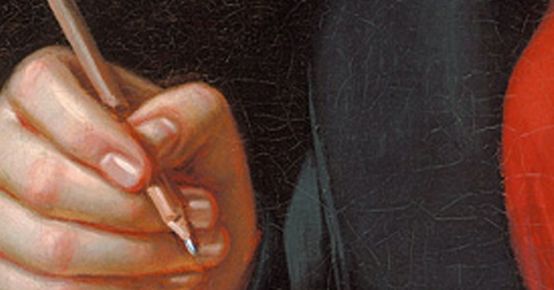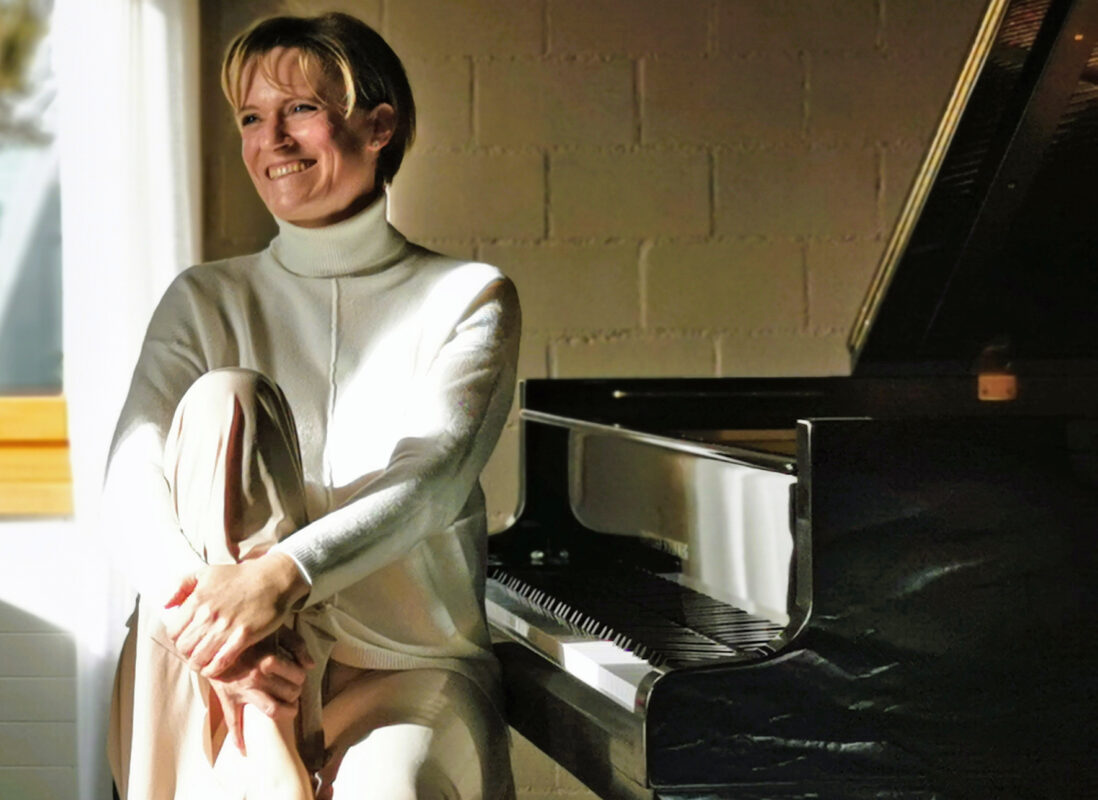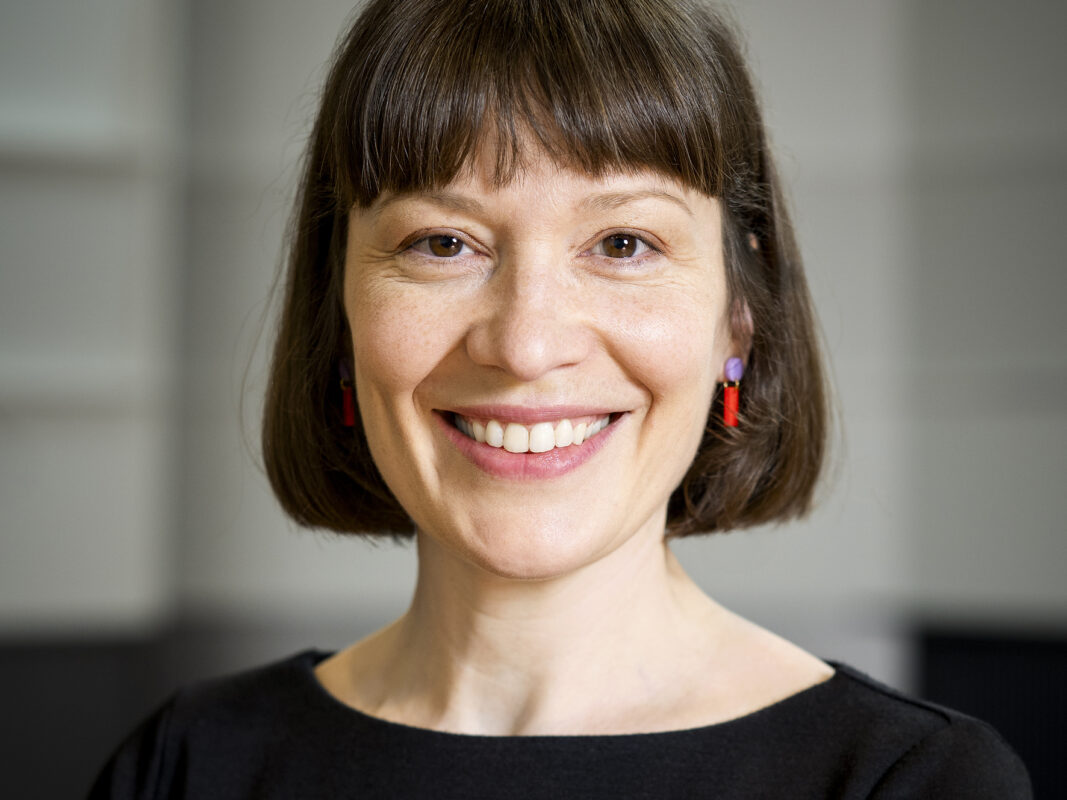Variations on a Swiss song
Beethoven every Friday: to mark his 250th birthday, we take a look at one of his works every week. Today it's the Six Variations on a Swiss Song for piano or harp.

"Another word about folk songs. They are truly what the true artist, who begins to recognize the errors of his art, pays attention to like a sailor to the North Star, and from where he observes most for his profit. Only such melodies as the Swiss song are true original folk melodies, and they stir and move the whole sentient world, they are true Orpheus songs." Perhaps it was a coincidence that Beethoven became aware of these words by Johann Friedrich Reichardt (1752-1814) while still in Bonn around 1790 - printed in the preface to the small collection Happy songs for German men (1781) and supplemented by an eleven-bar melody with the following text underlay: "A boy has a daughter, her name is Babeli, she has a few pigtails, they are like gold, that's why he likes the dusle sic! hold." In view of this rendition of Schwyzerdütsch, which can only be understood on the surface, we can probably be glad that we are spared the other ten verses of the song in this source. In any case, the song about Babeli and Dursli, like so many folk songs, tells the story of a tragic love that ultimately drives the young man into mercenary service.
All this remained hidden from Beethoven. The irregular structure (3+3+2+3 bars) and the seemingly archaic melody alone could therefore have inspired him to develop it artistically. He first added a simple bass line to the melody and then added six easily realizable variations. The work is still taught in piano lessons today. However, the scoring of the first edition published by Simrock in Bonn in 1798 seems strange: "Clavecin, ou Harpe". While the reference to the harpsichord was still quite common (the process of renewal towards the emerging fortepiano was taking place gradually), the mention of a harp as an alternative is surprising. In 1796, Beethoven himself provided a clue to clarification in a letter to the piano maker Johann Andreas Streicher (1761-1833). After hearing the young Augsburg native Elisabeth von Kissow (1784-1868) play on a fortepiano, he wrote: "It is certain that the way of playing the Klawier is still the most uncultivated of all instruments so far, one often believes to hear only a harp, and I prefer to be happy that you are one of the few who realize and feel that one can also sing on the Klawiern as soon as you can only feeln, I hope the time will come when the harp and the klawier will be two completely different instruments." The scoring inserted by the publisher thus seems to correspond to a performance practice that was still quite common at this time.
Listen in!








